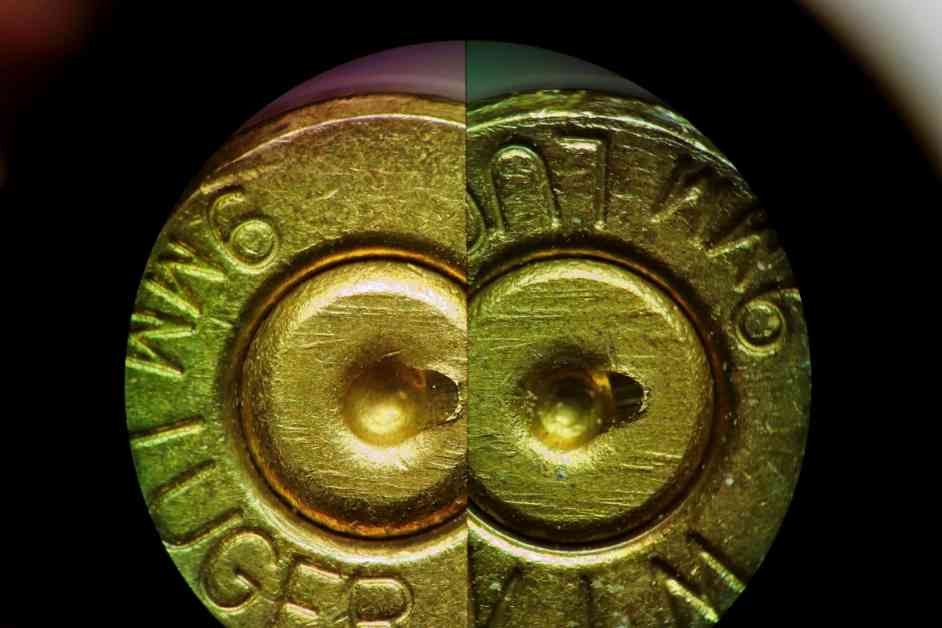Forensic Examining: Unveiling Systemic Issues in Firearm Analysis
Last year, a critical incident at the Rhode Island State Crime Laboratory shed light on systemic failures in forensic firearm analysis that risk wrongful convictions. Three forensic examiners mistakenly identified a match between cartridge cases from a crime scene, despite differences in class characteristics that should have ruled out any connection. This error not only highlights the immediate incompetence of the examiners but also exposes deeper flaws within the discipline itself that jeopardize the integrity of justice.
The Role of Forensic Firearm Examiners
Forensic firearm examiners are essential players in criminal investigations, tasked with comparing spent bullets and cartridge cases to determine if they originate from the same firearm. Their conclusions often hold significant weight in legal proceedings, influencing the outcomes of criminal trials and impacting the lives of defendants. However, recent years have seen a surge in skepticism towards the reliability of forensic firearm analysis, especially from research scientists who question its validity.
The Rhode Island Debacle: A Case Study in Systemic Failures
In the Rhode Island case, the three examiners failed to conduct a thorough analysis of the cartridge cases, overlooking key differences in class characteristics that should have immediately negated any possibility of a match. This oversight, akin to declaring two mismatched tires as a perfect fit for the same vehicle, underscores a more profound issue within the discipline. Visual confirmation bias, where examiners unconsciously focus on similarities and ignore discrepancies, played a significant role in this error. Additionally, nonblind verification—a flawed practice where subsequent examiners review evidence knowing the initial conclusions—further reinforced the mistake.
Addressing Systemic Vulnerabilities in Firearm Forensics
To rectify these systemic vulnerabilities, meaningful reforms are imperative. Forensic examiners must prioritize objectivity over expectation by documenting class characteristics before proceeding to subjective comparisons. This approach, known as linear sequential unmasking, ensures that conclusions are grounded in objective observations rather than preconceived notions. Moreover, verification processes must be genuinely independent, with each examiner analyzing evidence without prior knowledge of initial findings to prevent confirmation bias.
Moving Towards Scientifically Grounded Methods
Firearm identification currently relies on subjective judgment without universal standards, leaving room for errors and inconsistencies. Emerging statistical models and probability-based methods offer a promising solution by providing quantitative measurements and thresholds to reduce subjectivity and enhance reliability. While these innovations are not yet courtroom-ready, they represent a crucial step towards making forensic conclusions more scientifically sound.
In conclusion, the failures in the Rhode Island case were not isolated incidents but rather symptomatic of a flawed system that lacks safeguards against bias and subjectivity. By implementing objective, transparent, and scientifically validated procedures, forensic firearm identification can begin to address its systemic shortcomings, ensuring that justice prevails for all individuals involved. The pursuit of truth and integrity demands nothing less.










